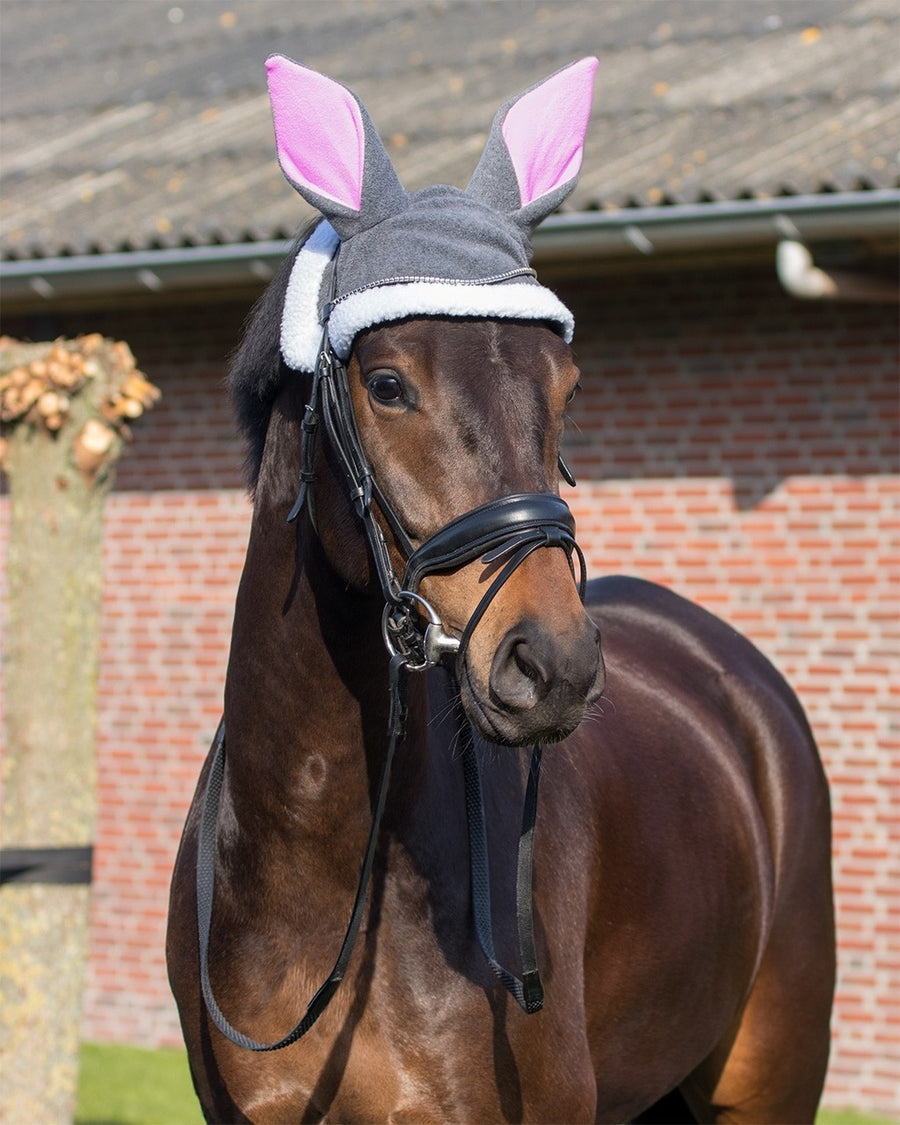Some top tips for the next event season – blog by Ella Vincent
Now you know what eventing is, from my last Eqclusive blog, it might be useful to read up on these essential tips ready for next season.
If you're new to eventing, it can seem like a mind-boggling process. It's like preparing for a normal competition, but three times as bad! Follow some of this advice and guidance below to ensure your first event is enjoyable.
BE entries:
If you're entering through British Eventing, the entries process can be hard to understand, but luckily they have pages that offer guidance.
Here is my very brief summary of the entry process for non-BE members:
If you're entering for the first time, you need to firstly purchase a 'Day Pass Membership', which lasts you for a year. This applies to both Training and Day passes.
Next, you need to purchase a Day Pass (this is for events BE90s and above - for BE80's purchase a 'Training Pass'). For Day Passes, need to buy one for the horse, and one for the rider. Training Passes cover both horse and rider.
You also need to ensure that your horse and you are registered with BE - this is free, but you need to make sure you've done it.
You can then pay your entry fee for the event, and upon arrival, the start fee.
Here are some useful links from the BE website that explain the above in more detail:
• How to enter
• All passes
• Day Passes
• Training Passes
Number bib and Medical armband for PC events:
Before you go to an event, make sure that you have a number bib (these cost £10 from the BE Shop) if required. For Pony Club events, it is important that you check if you need a spur card (if you wear spurs) and a medical armband. Medical Armbands are now not compulsory for BE, although you can still wear one if you'd prefer to.
Shoestring Eventing course pictures
Shoestring Eventing is a very useful blog run by an eventer – she posts photos of all of the BE XC courses for each season. This means that you can take a look at the XC course for the events you're doing to see if it's at the right level for you.
However, even if you've seen the course photos from the event you're doing, make sure you leave time to walk the course so you can assess the ground and walk the more technical lines. This can take about 40 minutes, so make sure you leave plenty of time.
Plan beforehand
Write a kit list beforehand. This can be very long! Work through it systematically, thinking carefully about what you need for each phase of the competition, as well as before and after (like food and drink). It's also wise a good idea to plan how long you'll need to get there, warm-up, plait etc. A useful tool for keeping to your plan is buying a small whiteboard you can keep in your lorry or car – write down all of your timings here and refer back to it later.
A rulebook
Eventing takes a lot of time, effort and funding, so ensure that all of your tack and equipment is complies with the rules before you turn up - an elimination over a mistake like that would be very disappointing. Also make sure you know all of the rules for each phase, if you haven't evented before. A quick flick through the rule book can save a lot of frustration later!
Walk the XC course and SJ course
It's always important to walk the courses. Ask the secretary in advance when the showjumping course is available to walk, as it can be easy to miss if you haven't planned for it! Allow plenty of time to walk the XC course, as this can sometimes take up to an hour, depending on the length and location of the courses.
Know the drill
There's a lot to do if you haven't been eventing before, so make sure you do some research beforehand so you know what needs doing on the day. Paying a start fee, getting your hats tagged and seeing a steward are all things that need doing before you can compete. When in doubt, allow more time!
If you're unsure, a great way to get to grips with eventing and what's involved is to volunteer. You can volunteer as a fence judge, a dressage writer or steward along with a whole host of other jobs that need doing. It really is worth doing because it allows you to become accustomed with the environment and it allows other riders to have a great day out. Find out more about volunteering here.
Need advice?
If you're unsure about anything, there are several good places you can ask for help. British Eventing themselves have very good customer service, but if you'd prefer to ask an eventer directly, you could join some Facebook groups like Twitter Eventing or consult people on an online forum.
By Ella Vincent. I am an aspiring event rider who is generously supported by Eqclusive. You can read more of my articles at www.eveventing.com
















Leave a comment